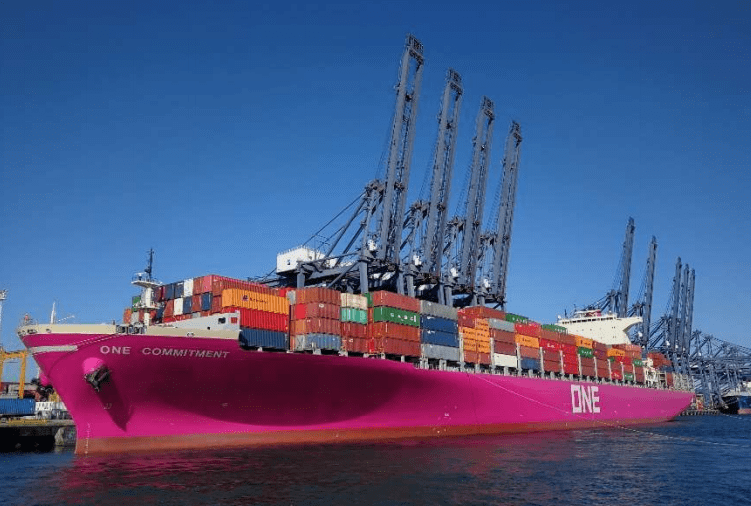The world’s top three shipping lines in terms of global capacity, A.P. Moller-Maersk Group, Mediterranean Shipping Company and CMA CGM, accounted for approximately 46.3% of global capacity in 2022.
Consequently, the remaining carriers together contributed less than 53.7% of global capacity, according to Alphaliner.
The container shipping industry has seen a reduction in the number of large carriers and, until recently, a continuation and increase in trends of strategic alliances and partnerships between container carriers, which can result in more efficient and better coverage for shipping companies involved in such arrangements.
For example, in 2016 CSCL was acquired by COSCO, APL-NOL was acquired by CMA CGM, United Arab Shipping Company merged with Hapag-Lloyd, Hanjin Shipping exited the market as a result of bankruptcy during 2017, Hamburg Sud was acquired by Maersk, three major Japanese carriers (K-Line, MOL and NYK) merged into ONE and OOCL was acquired by COSCO, and in April 2020, Hyundai Merchant Marine (HMM) consummated the termination of its strategic cooperation with 2M and joined THE Alliance.
Shipping lines
The above industry consolidation has affected existing strategic alliances between shipping lines.
For example, the Ocean Three alliance, consisting of CMA CGM Shipping, United Arab Shipping Company and China Shipping Container Lines, ended in 2019 and was replaced by Ocean Alliance, consisting of COSCO Shipping Group (including China Shipping and OOCL), CMA CGM Shipping Group (including APL) and Evergreen Marine.
Then, in January 2023, 2M Alliance members MSC and Maersk announced that the 2M Alliance will end in January 2025, and it is not yet known how this will affect other existing alliances, if at all.
The shipping industry experienced significant instability and volatility between 2008 and 2012, mainly as a result of persistently high fuel prices, slow demand growth and oversupply of shipping services.
![]()

